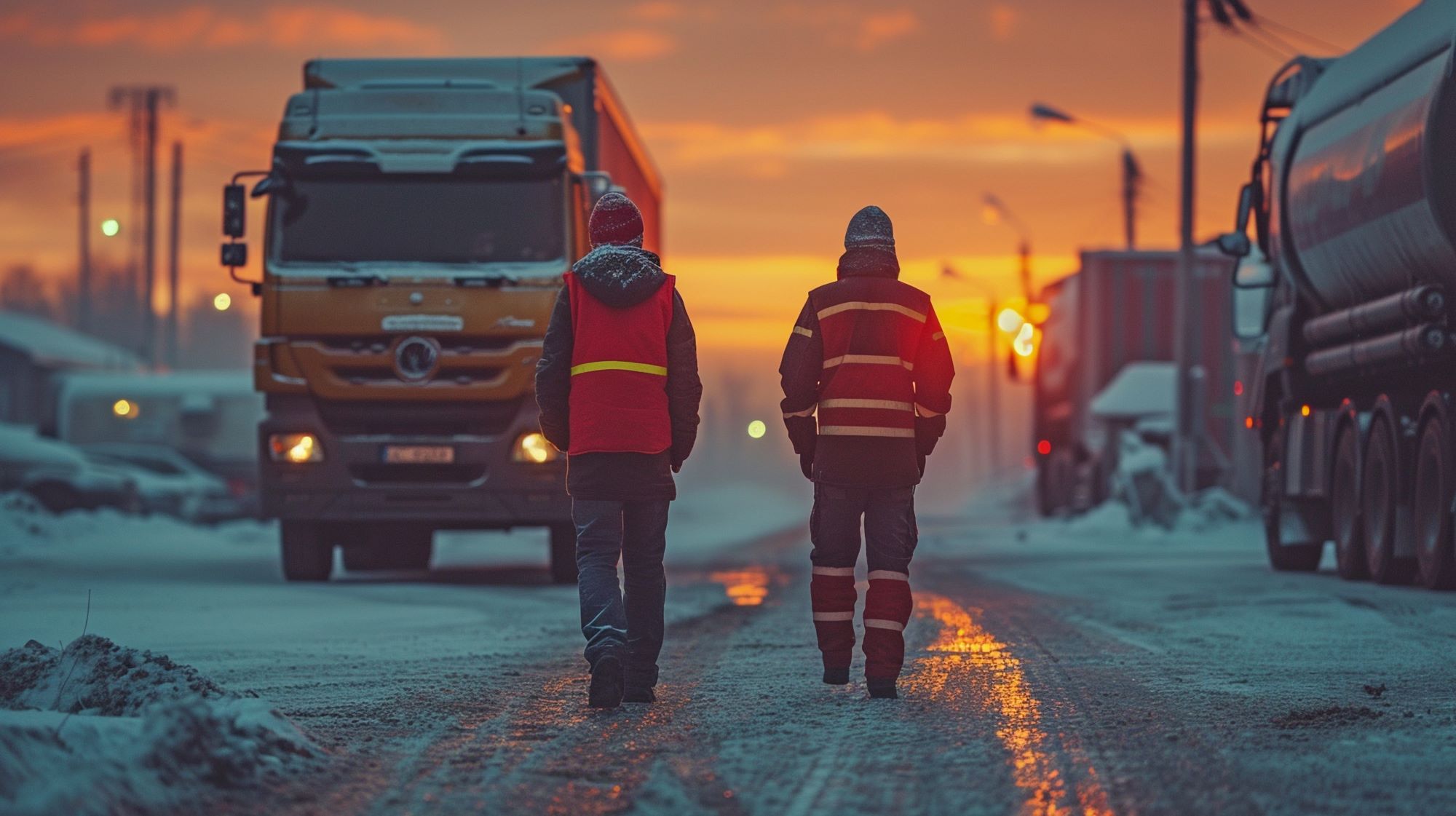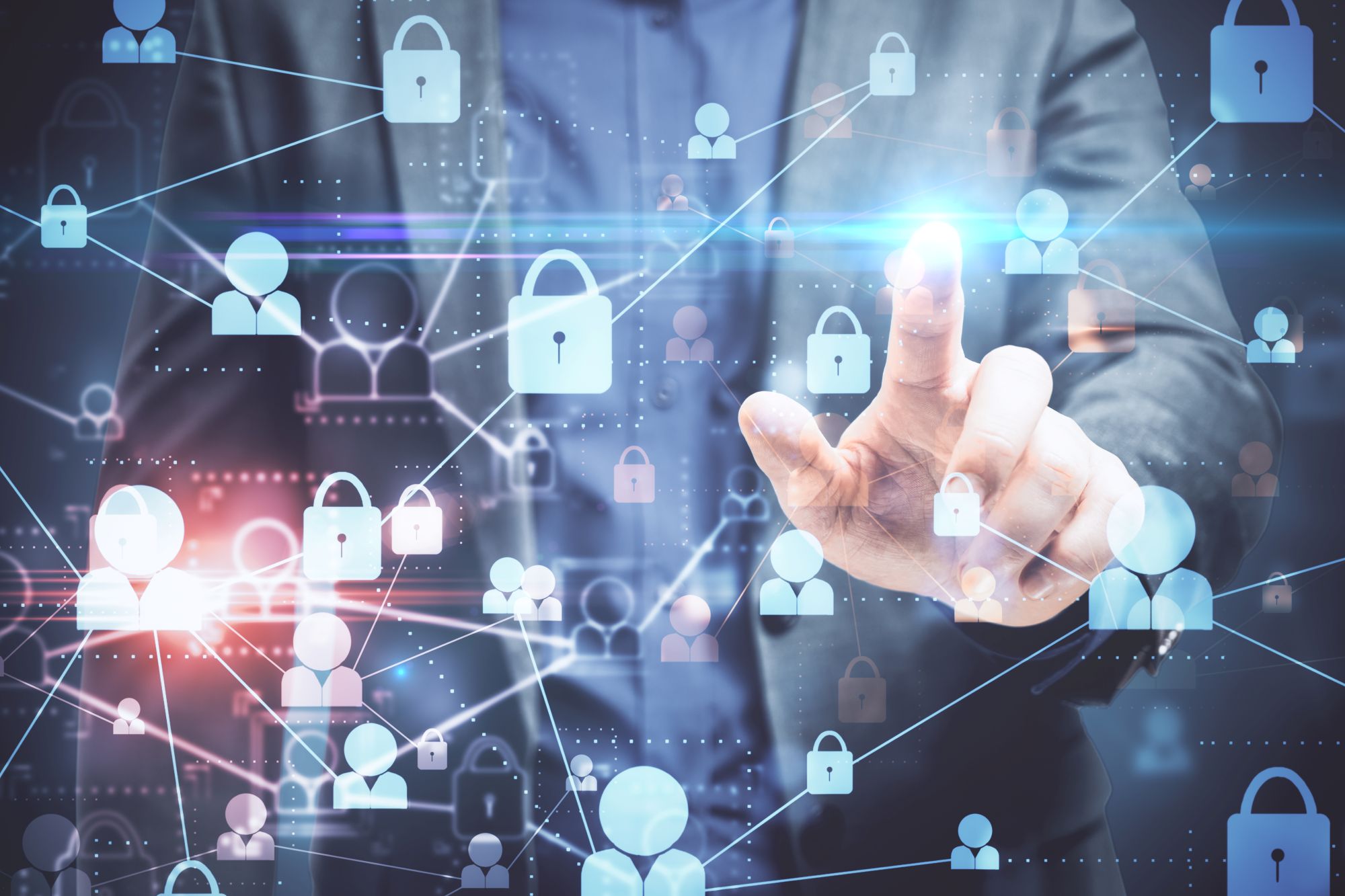
Susie Jones
Les chauffeurs routiers demandent une réforme du secteur
Créée: 05/02/2025
•
Mise à jour : 05/02/2025
Actuellement, les conductrices de poids lourds au Royaume-Uni ne représentent que 1 % de l'ensemble des conducteurs - un chiffre qui a augmenté de 144 % au cours de la dernière décennie, à mesure que de nouvelles initiatives sont introduites pour promouvoir la diversité et combler la pénurie de conducteurs.
Un article de [Fleetpoint] (https://www.fleetpoint.org/fleet-management-2/encouraging-more-women-to-join-the-road-transport-industry/) décrit les nombreuses façons dont l'industrie pourrait attirer plus de femmes dans le secteur :
Cultiver un environnement de travail favorable et accueillant.
Améliorer les infrastructures et les équipements.
Des conditions de travail flexibles et favorables à la famille.
Construire des parcours clairs pour l'évolution de la carrière.
Malgré cela, les conducteurs sur [média social] (https://www.facebook.com/photo/?fbid=988050383364634&set=a.482170237285987&locale=en_GB) ont fait valoir que ces défis de longue date dans le secteur doivent être relevés pour tous avant que de nouvelles initiatives ne soient mises en place pour remédier à la pénurie de conducteurs.
Pénurie de conducteurs - où en est le secteur ?
La pénurie de conducteurs est un problème persistant pour l'industrie du transport, mais après le COVID-19 et le Brexit, elle a atteint des niveaux critiques. En 2024, il manquait plus de [233 000] (https://www.iru.org/news-resources/newsroom/half-european-truck-operators-cant-expand-due-driver-shortages#:~:text=More%20than%20half%20of%20European,no%20significant%20action%20is%20taken.) chauffeurs routiers en Europe, en Norvège et au Royaume-Uni - un chiffre qui devrait dépasser les 745 000 en 2028 en raison du vieillissement de la main-d'œuvre.
Le secteur est toujours aux prises avec les conséquences de cette situation et s'efforce de mettre en œuvre de nouvelles initiatives visant à promouvoir la diversité, à améliorer les conditions de travail et à combler le déficit de main-d'œuvre.
Le gouvernement a mis en œuvre environ [33](https://www.gov.uk/government/topical-events/hgv-driver-shortage-uk-government-response/about#:~:text=We%20extended%20dangerous%20goods%20(ADR,to%20take%20refresher%20training%20now.) actions pour faire face à la pénurie de chauffeurs de poids lourds au Royaume-Uni. Il s'agit notamment, mais pas exclusivement, des mesures suivantes
Accroître l'efficacité des chaînes d'approvisionnement existantes.
Assurer le soutien et la formation des nouveaux conducteurs de poids lourds.
Accroître la capacité de contrôle des conducteurs de poids lourds.
Améliorer les procédures d'octroi de licences.
Améliorer les conditions.
Assurer la stabilité de la chaîne d'approvisionnement en carburant.

Qu'est-ce qui doit changer ? Les conducteurs ont leur mot à dire.
49 % des conducteurs interrogés sur les médias sociaux estiment que les changements doivent être mis en œuvre indépendamment du sexe, 27 % des conductrices de poids lourds étant d'avis que le secteur doit évoluer pour tout le monde. 24 % ont déclaré que le travail n'était plus attrayant, ce qui souligne la nécessité d'un changement dans le secteur. Quels sont donc les changements souhaités par les conducteurs ?
Installations
55 % souhaitent que les installations soient améliorées pour tous :
"Il faut de meilleures installations et un meilleur traitement, un point c'est tout. L'ensemble du secteur est en ruine et nous sommes maltraités".
"Les aménagements sont terribles pour tous les conducteurs, hommes et femmes.
En novembre 2024, une [enquête Transport Focus] (https://www.britsafe.org/safety-management/2024/uk-truckers-why-more-action-is-needed-to-make-their-working-lives-safer-and-healthier#:~:text=Improving%20roadside%20facilities&text=Drivers%20have%20long%20been%20telling,asked%20expressed%20dissatisfaction%20with%20both.) a révélé que les deux tiers des conducteurs n'étaient pas satisfaits des installations des relais routiers - la saleté des installations, la médiocrité des options alimentaires et le manque d'espace social étant des problèmes importants.
Le gouvernement et le secteur du transport routier ont pris des mesures importantes en investissant 14 millions de livres sterling pour stimuler l'innovation et améliorer les conditions de travail.
En octobre 2024, 23 candidats retenus ont reçu jusqu'à 4,5 millions de livres sterling pour améliorer leurs relais routiers. Les améliorations comprendront de nouvelles douches, des restaurants et des dispositifs de sécurité renforcés pour offrir aux conducteurs une plus grande tranquillité d'esprit. En outre, le projet prévoit la création d'environ 430 places de stationnement pour les poids lourds.
Paye
Une meilleure rémunération arrive en deuxième position, 14 % des conducteurs estimant qu'une augmentation des salaires inciterait davantage de personnes à entrer dans le secteur :
"Rendre le secteur attractif pour tout le monde, augmenter les salaires".
L'augmentation des salaires aura un coût important pour les chefs d'entreprise. Si le salaire moyen d'un chauffeur de camion augmentait au même rythme que le salaire de subsistance national, les exploitants de flottes pourraient devoir débourser 1,5 milliard de livres sterling de plus par an.
Malgré cela, l'investissement permettra d'améliorer les taux de rétention, de réduire les frais de recrutement et de diminuer les coûts de formation. Offrir des salaires plus élevés ne rendrait pas seulement la profession plus attrayante pour les nouveaux venus, mais reconnaîtrait également le rôle essentiel que jouent les conducteurs dans le maintien de la chaîne d'approvisionnement.
Attitude à l'égard des conducteurs
Au fil des ans, l'opinion publique à l'égard des chauffeurs routiers a considérablement évolué. La vie d'un camionneur a souvent été romancée dans les films et les médias populaires, ce qui a conduit beaucoup de gens à penser qu'ils avaient la vie facile. Toutefois, ils ont également été présentés comme des héros travailleurs, une image qui s'est détériorée au fil du temps.
Vers la fin du 20e siècle, les perceptions ont changé lorsque les conditions de travail sont devenues difficiles et que les chauffeurs routiers ont été victimes de stéréotypes injustes, souvent dus à une mauvaise représentation dans les médias et parfois à quelques chauffeurs inexpérimentés. Ces stéréotypes négatifs se sont atténués au cours de la pandémie de COVID-19, lorsque le public a commencé à apprécier les chauffeurs routiers.
Aujourd'hui, les camionneurs sont respectés, mais le secteur reste en proie à des stéréotypes et à des attitudes négatives. Un aspect que 6 % des conducteurs souhaitent voir changer :
"Quand on pense à Covid, nous étions considérés comme des héros, mais par la suite, tout est revenu à la normale. Il n'est pas étonnant que les conducteurs actuels, hommes et femmes, veuillent quitter le secteur. Ils en ont assez de la façon dont ils sont traités au quotidien."
"Ce serait bien de ne pas être traité comme une ordure."
Ces dernières années, l'essor des médias sociaux a commencé à remettre en question et à modifier les perceptions négatives. De nombreux conducteurs se rendent sur des plateformes telles que TikTok et Instagram pour partager des informations sur leur rôle, dissiper les idées fausses et gagner le respect de ceux qui ne font pas partie du secteur.
Les réactions montrent qu'il est urgent que le secteur du transport routier mette en œuvre des changements pour attirer et retenir les conducteurs actuels et nouveaux. La sous-représentation des femmes reste un défi important, et il est crucial d'investir dans des installations qui répondent à leurs besoins. Toutefois, cet investissement doit être inclusif et bénéficier à l'ensemble de la main-d'œuvre.

Quels sont les pays qui connaissent une pénurie de chauffeurs routiers ?
Les pays d'Europe sont les plus durement touchés. De nombreuses entreprises de transport routier ne peuvent pas développer leurs activités parce qu'elles ne peuvent pas trouver de travailleurs qualifiés.
L'Europe a une population de chauffeurs routiers vieillissante, avec un [âge moyen de 47 ans] (https://www.iru.org/news-resources/newsroom/half-european-truck-operators-cant-expand-due-driver-shortages#:~:text=The%20EU%2C%20Norway%20and%20the,an%20average%20age%20of%2047.). Un tiers des camionneurs ont plus de 55 ans et devraient prendre leur retraite dans les dix prochaines années. En outre, moins de 5 % des conducteurs de camions en Europe ont moins de 25 ans, ce qui met en évidence le vide qui subsistera une fois que la main-d'œuvre vieillissante aura pris sa retraite.
Existe-t-il une journée d'appréciation des conducteurs de poids lourds ?
La [Journée des conducteurs de poids lourds] (https://https://snapacc.com/newsroom/hgv-drivers-day-2025-giving-truckers-a-voice/) a lieu le 22 janvier et a été créée par NN1 Personnel. Cette journée vise à célébrer les chauffeurs routiers et tout ce qu'ils font pour l'économie et la société.
Quelles sont les perspectives de l'industrie du camionnage pour 2025 ?
D'après notre blog, [The Road Ahead for 2025] (https://snapacc.com/newsroom/the-road-ahead-for-2025-truck-industry-trends-to-expect/), nous prévoyons que les éléments suivants joueront un rôle prépondérant dans le secteur du transport routier cette année :
Tirer parti des avantages de l'IA.
S'attaquer à l'écart entre les hommes et les femmes et à la pénurie de conducteurs.
Promouvoir une industrie plus verte.
Augmentation du fret à longue distance.



